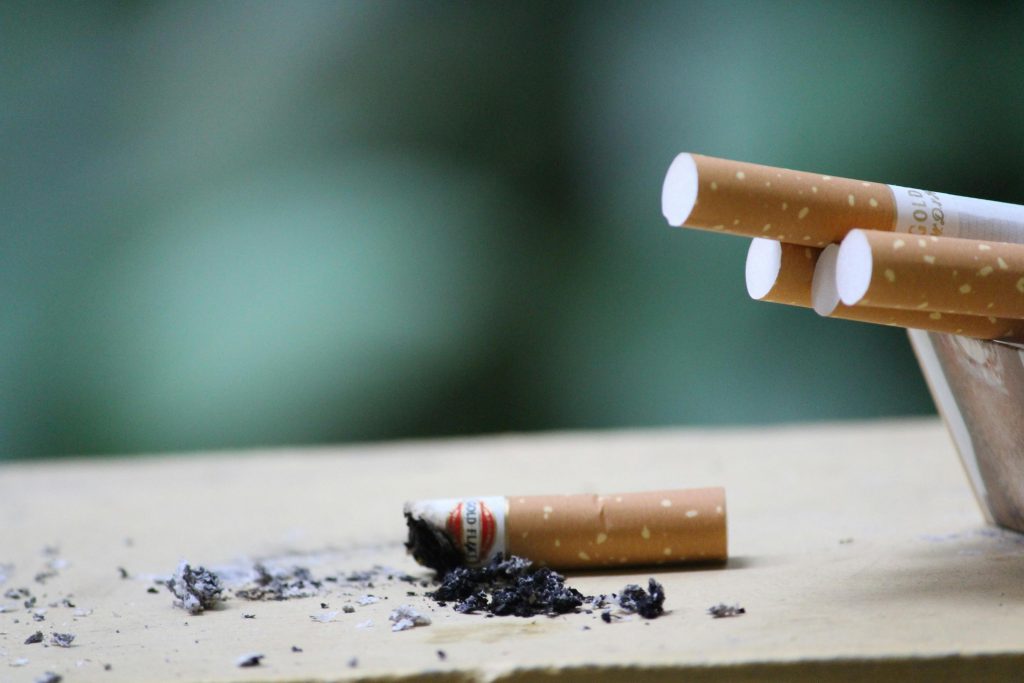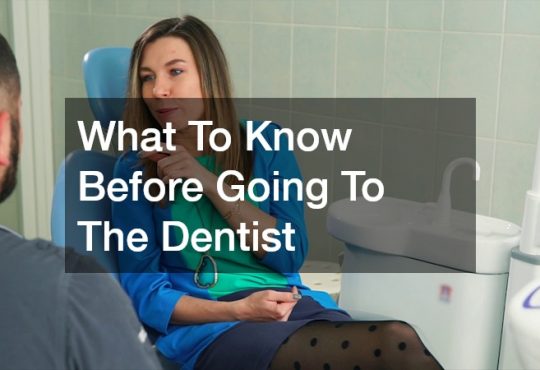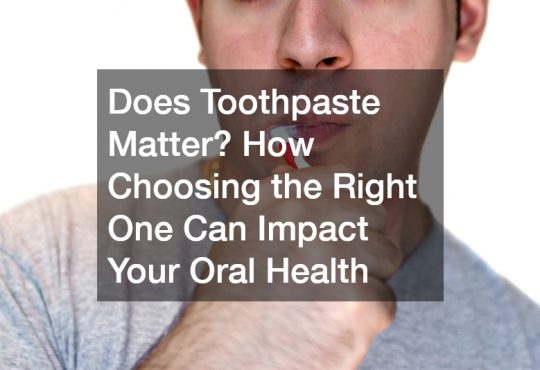
Top 10 Things to Avoid After Tooth Extraction for a Speedy Recovery
Disclaimer: The material provided is designed to inform readers about oral health and preventive care. It should not be considered medical advice. Consult a registered dentist for guidance specific to your oral health needs.
Getting a tooth pulled might sound scary, but with the right care, you can heal quickly and avoid painful problems. One of the most important things to know after a tooth extraction is what not to do. Avoiding certain activities and habits will protect the blood clot that forms in the empty socket and help your mouth heal properly.
Below is a complete guide to the top things you should avoid after a tooth extraction and why each one matters.
1. Do Not Smoke or Use Tobacco Products

Smoking after a tooth extraction is highly discouraged. It reduces the amount of oxygen in your bloodstream, which slows down healing. Smoking also affects your immune system, making it harder for your body to fight off infections. One of the biggest risks is dry socket, a painful condition that happens when the protective blood clot comes out too early. Without that clot, the bone and nerves underneath become exposed.
Tobacco products, including smokeless tobacco, are also harmful during this time. They can introduce harmful bacteria to your mouth and increase the chance of infection. It’s best to avoid all forms of tobacco for at least 72 hours after your extraction. If you can, try to use this as a chance to quit smoking altogether—it will help your oral and overall health.
2. Avoid Drinking Through a Straw
Using a straw may seem harmless, but it creates suction in your mouth that can pull the healing blood clot from your socket. This suction puts pressure on the wound and increases the risk of dry socket. Without the clot, the exposed area can become very painful and prone to infection. Recovery time can also be much longer if this happens.
To be safe, don’t use straws for at least a week after your tooth extraction. Instead, sip liquids directly from a glass or use a spoon if needed. Even gentle suction from a straw can be enough to cause a problem, so it’s best to avoid the risk entirely.
3. Don’t Eat Hard, Crunchy, or Sticky Foods
After a tooth extraction, your mouth will be sore and sensitive. Eating foods that are crunchy, hard, or sticky can irritate the healing site or even damage it. These types of food can also get stuck in the empty socket, increasing the risk of infection. Chips, pretzels, nuts, popcorn, and chewy candies should all be avoided.
Instead, choose soft foods that are easy to chew and swallow. Good options include applesauce, pudding, scrambled eggs, smoothies (without a straw), soup, and mashed potatoes. Stick to these softer foods for at least a few days, or until your dentist gives you the okay to eat normally again.
4. Stay Away from Hot Foods & Drinks

After a tooth extraction, your mouth is in a very sensitive state, and the extraction site needs time to heal properly. Consuming hot foods and drinks too soon can interfere with this healing process in several ways. The heat from items like coffee, tea, or hot soup can increase blood flow to the area, which might cause the blood clot in the socket to break down or dissolve too early. This blood clot is essential because it protects the exposed bone and nerves underneath. If it’s dislodged or melted away too soon, it can lead to a painful condition called dry socket, which significantly delays healing and often requires a return visit to the dentist.
In addition to the risk of dissolving the clot, hot foods can also cause accidental burns. After the extraction, your mouth might still be numb or tender, which means you may not realize how hot something is until it’s too late. Burning the tissue near the extraction site can worsen inflammation, increase pain, and make the area more vulnerable to infection. To avoid these issues, stick to cooler or room-temperature meals for at least the first 24 to 48 hours. Foods like yogurt, applesauce, smoothies (without a straw), and mashed potatoes are good options. Once the swelling goes down and you get the green light from your dentist, you can slowly start reintroducing warm foods into your diet, being careful not to rush the process.
5. Don’t Rinse or Spit Forcefully
After your tooth extraction, it’s very important to protect the blood clot that forms in the socket. This clot acts like a natural bandage, shielding the bone and nerves underneath while helping the area heal. For the first 24 hours, your dentist will advise you to avoid rinsing your mouth or spitting. That’s because the pressure from these actions can easily dislodge the clot before it’s firmly in place. If the clot comes out too early, you’re at high risk of developing dry socket—a painful condition that leaves the bone exposed and significantly delays healing. Dry socket can also lead to bad breath, throbbing pain, and even infection if not treated properly.
Once the first 24 hours have passed, you can begin gently cleaning your mouth to keep bacteria away from the extraction site. A warm salt water rinse is the safest method. Mix about ½ teaspoon of salt in a glass of warm water. When rinsing, tilt your head gently to move the water around your mouth and avoid any strong swishing motions. To empty your mouth, simply let the water fall out into the sink instead of spitting. Doing this a few times a day—especially after meals—will help keep the area clean without disturbing the healing process. Remember, being gentle is key to avoiding complications and promoting faster recovery.
6. Avoid Intense Physical Activity
After a tooth extraction, your body needs time and energy to heal. Engaging in intense physical activity too soon can interfere with this process. Activities that increase your heart rate and blood pressure—like running, weightlifting, or high-impact workouts—can cause the extraction site to start bleeding again. This is because higher blood pressure can disturb the delicate blood clot that’s protecting your socket. If the clot gets dislodged or the wound reopens, it can lead to painful complications such as dry socket and prolong the overall healing time.
In the first 48 to 72 hours after your procedure, it’s best to take it easy. While gentle movements like slow walking are usually fine, avoid anything that involves strain, bending over, or sudden movement. Your body is working hard to recover, and rest plays a big part in that process. Listen to how you feel, and don’t push yourself even if you think you’re starting to feel better. Before returning to your regular exercise routine, check in with your dentist or oral surgeon—especially if your extraction was complex or involved stitches. They’ll let you know when it’s safe to get back to your normal activity level.
7. Don’t Touch the Extraction Site
It can be tempting to explore the extraction site with your tongue or even your fingers, especially as the area begins to feel different or uncomfortable. However, touching the site can introduce harmful bacteria, which increases your risk of infection. Your mouth contains a lot of germs, and placing your finger or any foreign object near the socket can make things worse. In addition, touching the area can disturb the blood clot that’s forming to protect the wound or even loosen any stitches, which can delay the healing process and cause unnecessary pain.
While the area may feel odd or swollen, it’s important to resist the urge to poke or prod it. Keep your tongue away from the socket, and avoid using toothpicks, straws, or any items that could come in contact with the extraction site. Even frequent swishing with liquids can be too aggressive in the early stages of healing. The best thing you can do is give your body time and space to heal. Trust the natural healing process and follow your dentist’s care instructions closely to ensure a smooth and quick recovery.
8. Don’t Skip Your Pain Medication
It’s common to feel fine immediately after a tooth extraction because the area is still numb from the anesthesia. However, once that numbness wears off, pain and swelling can quickly set in. That’s why it’s important to take your pain medication as directed, even if you’re not feeling discomfort yet. Taking medication early can help prevent the pain from becoming intense or difficult to manage. Waiting until the pain is severe may make it harder to control and can increase stress on your body during recovery.
If your dentist has prescribed painkillers, follow the dosage schedule exactly and don’t skip doses. For over-the-counter options like ibuprofen or acetaminophen, read the label and use the correct amount. Avoid taking more than recommended, and talk to your dentist if you’re unsure what’s safe. Staying ahead of the pain helps you stay more relaxed and promotes a smoother healing process. Keeping your pain under control also makes it easier to eat, sleep, and maintain a proper oral care routine during recovery.
9. Avoid Alcohol
Drinking alcohol after a tooth extraction is not recommended, especially during the first few days of recovery. Alcohol can slow down your body’s natural healing process and increase the risk of complications. It can also dry out your mouth, which makes it harder for the extraction site to heal properly. One of the biggest concerns is that alcohol can interfere with the formation or stability of the blood clot in the socket. If this clot is lost or damaged, it can lead to dry socket—a painful condition that delays recovery and exposes nerves and bone.
In addition, alcohol may interact negatively with medications you’ve been prescribed, such as antibiotics or painkillers. Mixing alcohol with certain drugs can cause nausea, dizziness, drowsiness, or more serious health issues. Always check the labels of any medicine you’re taking and follow your dentist’s advice. It’s safest to avoid alcohol for at least 72 hours after your procedure, but if your extraction was complex or if you’re taking medications for several days, hold off longer. Choosing water, herbal teas, or other non-alcoholic options can help keep you hydrated and support a quicker recovery.
10. Don’t Ignore Signs of Infection or Dry Socket
While mild pain and swelling are normal, you should not ignore signs that something is wrong. Call your dentist right away if you experience:
- Severe pain that doesn’t get better
- Bad breath or a foul taste in your mouth
- Swelling that gets worse after 2–3 days
- Fever or chills
- Pus or white discharge from the site
These could be signs of infection or dry socket and need quick treatment.
Tips for a Smooth Recovery
Now that you know what to avoid, here are a few things you should do:
- Follow your dentist’s instructions. Always do what your dentist tells you after the procedure.
- Keep the area clean. After 24 hours, rinse gently with salt water a few times a day.
- Use an ice pack. Apply it to the outside of your cheek for 15–20 minutes at a time to reduce swelling.
- Eat soft, healthy foods. Smoothies, soups, applesauce, and oatmeal are great options.
- Drink plenty of water. Staying hydrated helps your body heal faster.
How Long Does Healing Take?
Healing after a tooth extraction varies from person to person, but most people start to feel significantly better within 3 to 7 days. During this time, pain and swelling should begin to go down, and any discomfort will become more manageable. The blood clot that forms in the socket is an important part of early healing, and protecting it during this phase is key to avoiding problems like dry socket. Gentle care, soft foods, proper oral hygiene, and avoiding the things listed earlier can all support faster recovery.
Although you may feel better after a week, the extraction site itself continues to heal over several weeks. The gum tissue generally heals within a few weeks, while the underlying bone may take a few months to fully regenerate. It’s important to keep up with your oral hygiene routine and follow any follow-up instructions from your dentist. If you experience any unusual symptoms like severe pain, fever, or pus, contact your dental provider right away. Staying patient and careful will help ensure smooth healing and reduce your risk of long-term issues.
Final Thoughts
Healing after a tooth extraction doesn’t have to be complicated. By avoiding things like smoking, drinking through straws, and eating the wrong foods, you can help your mouth recover faster and prevent serious problems like dry socket.
Taking it easy, eating the right foods, and listening to your dentist are the best ways to feel better quickly. If you’re ever unsure about something, don’t hesitate to call your dentist for advice.


